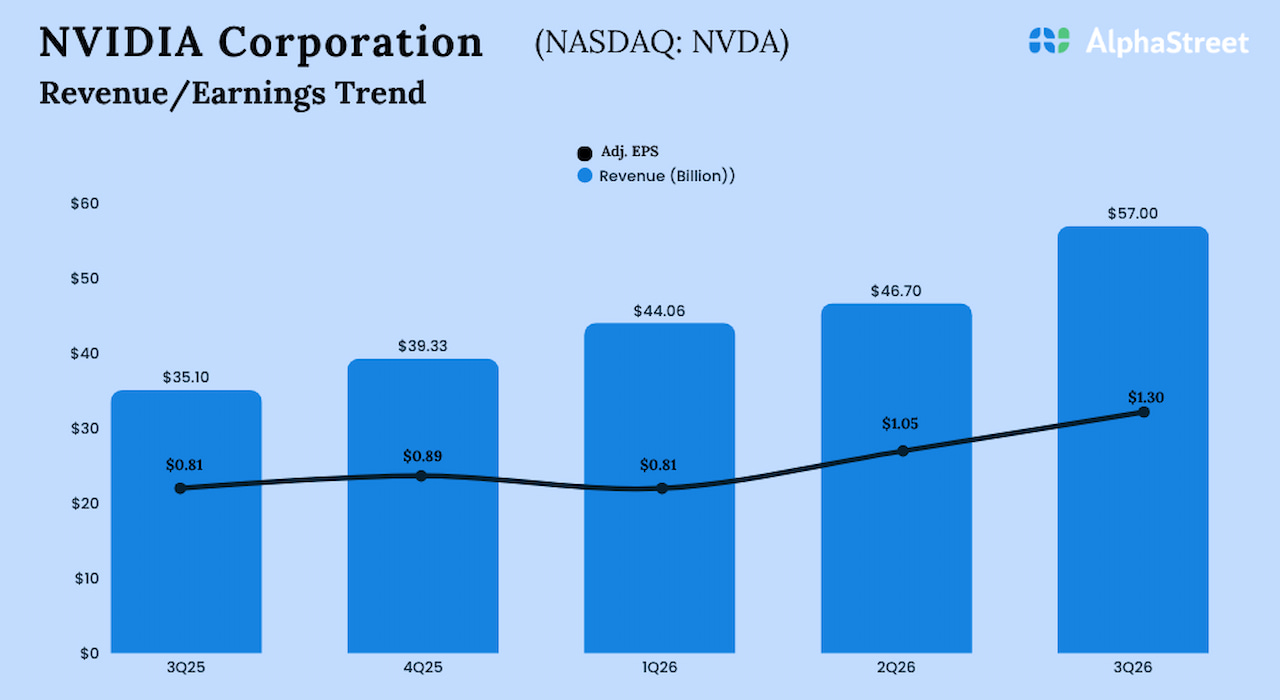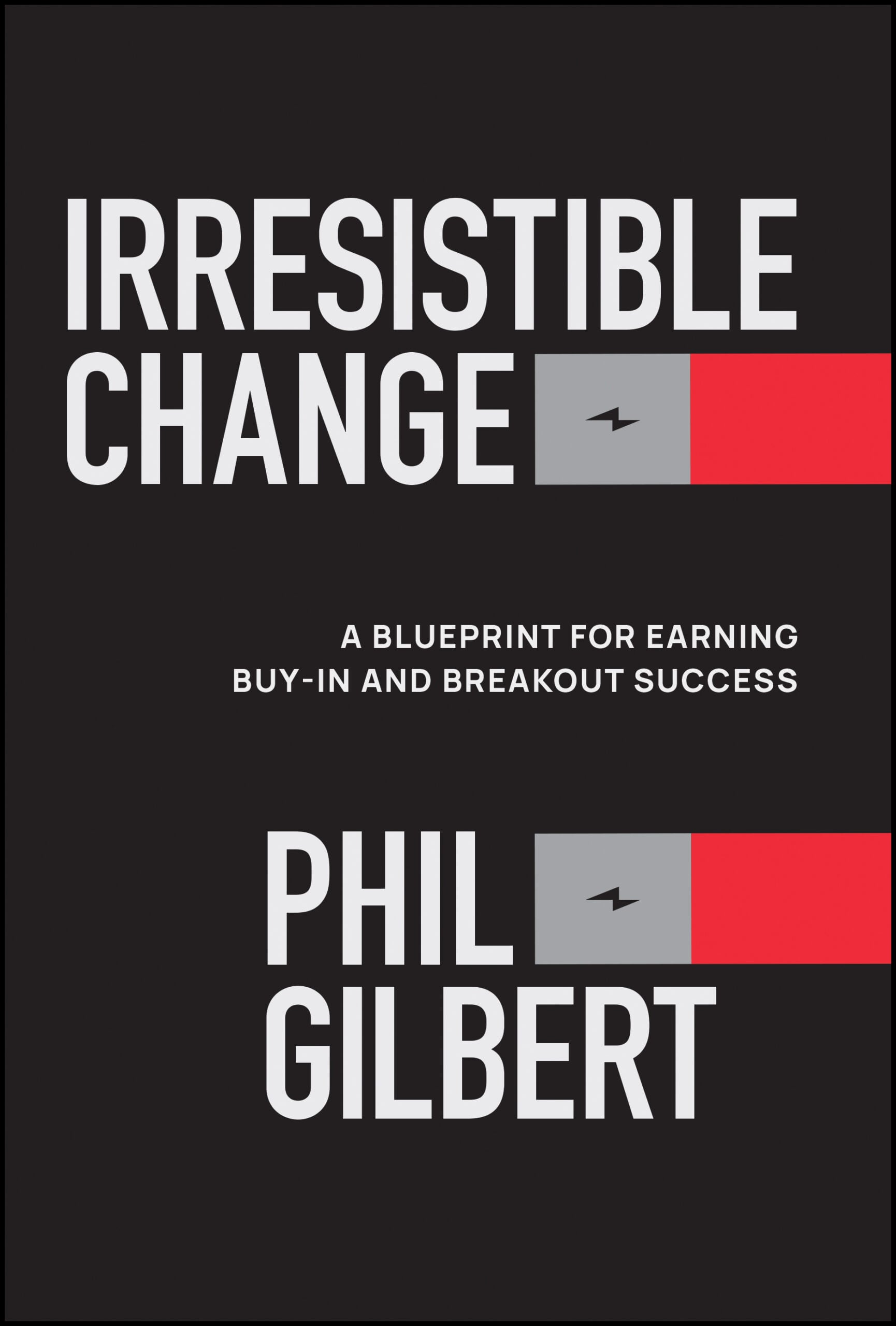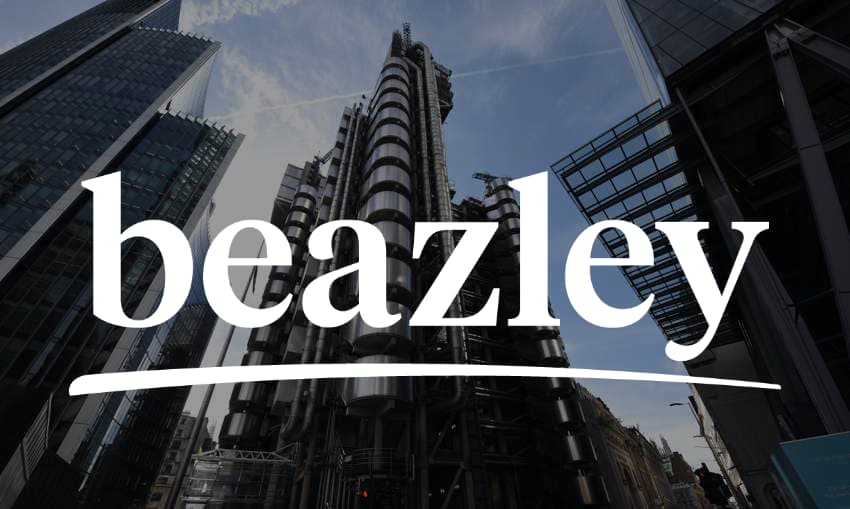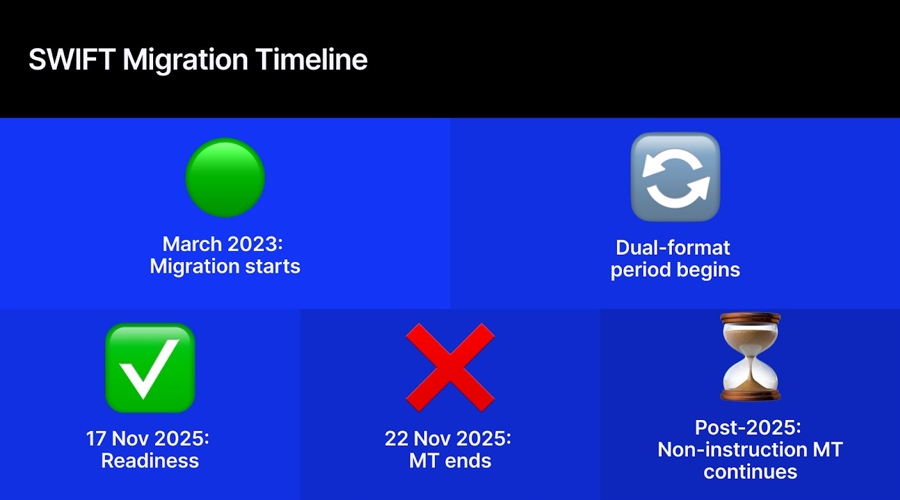Reserve Bank of India (RBI) data show that outstanding CDs in the banking system rose to ₹3.81 lakh crore – the highest since April 2014. These deposits are also not coming cheap as interest rates on these instruments have risen to a maximum of 8.22% which is also the highest since May 2019.
In a report released on Monday, Nomura analysts pointed out that in February 2024, the monthly issuance of CDs for the banking system at ₹1.3 lakh crore was at a five-year high. “While CDs are a very small part of system deposits (2% of system deposits as of February 2024), the sharp rise in issuance is indicative of a continued resource crunch faced by banks. Borrowing costs via CDs are around 50 to 80 basis points more expensive compared to retail term deposits, with current 12-month CD rates being at 7.8% on an average across banks,” the analysts said. One basis point is 0.01 percentage point.
Indian banks’ aggregate loan-to-deposit ratio (LDR) reached a two-decade high of 80% as bank loan growth outpaced deposit growth. In a report on Tuesday, S&P Global Market Intelligence said bank net interest margins (NIMs) will be pressured as lenders compete for deposits, driving up their funding costs. “The systemwide net interest margins are expected to slip to 2.9% in the fiscal year ending March 31, 2025, from 3% in the current fiscal year,” the S&P arm said.
Analysts said banks have little choice but to increase deposit rates and sacrifice some margins as credit has continued to be higher than deposits for some time now.
“Some banks have tried to raise funds through alternative means like infrastructure and affordable housing bonds but those are for limited purposes. Some banks are tapping the semi-urban and rural markets or are launching products like home loans which also lead to some deposit accretion. Banks will have to ultimately calibrate deposit rates to garner more funds to fuel credit demand,” said Karan Gupta, director at India Ratings and Research.
Moreover, demand for loans is likely to remain strong in line with economic growth and also as corporate loan demand which has so far been weak, is likely to pick up.
“Most of the credit growth has come from the services and retail sector so far. Whenever corporate demand picks up we will see loan demand also increasing which also means that interest rates are unlikely to come down in a hurry,” said Karthik Srinivasan, group head-financial sector ratings at ICRA.







































